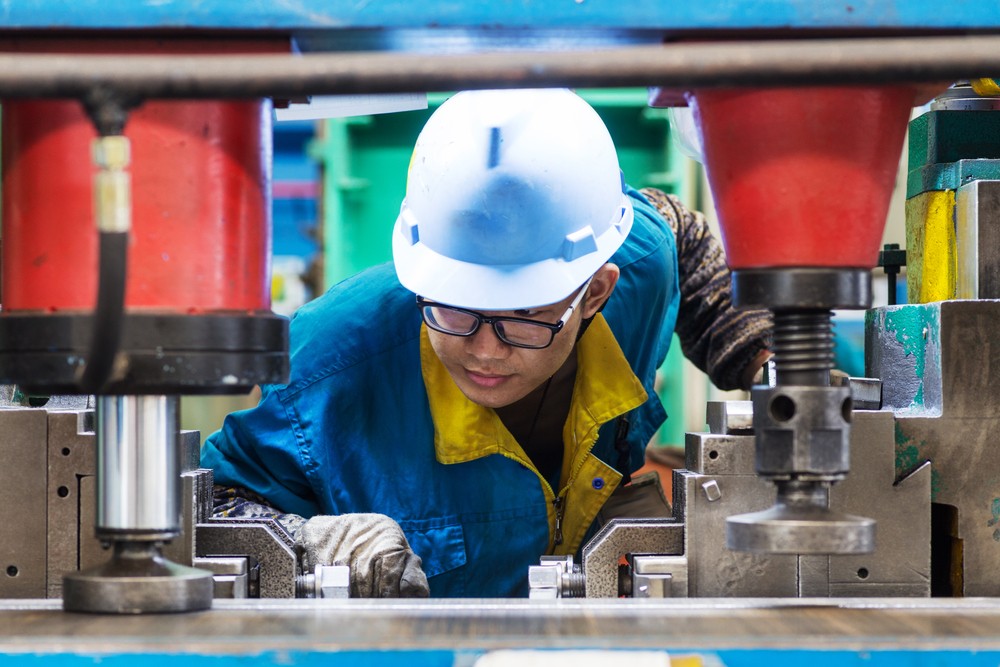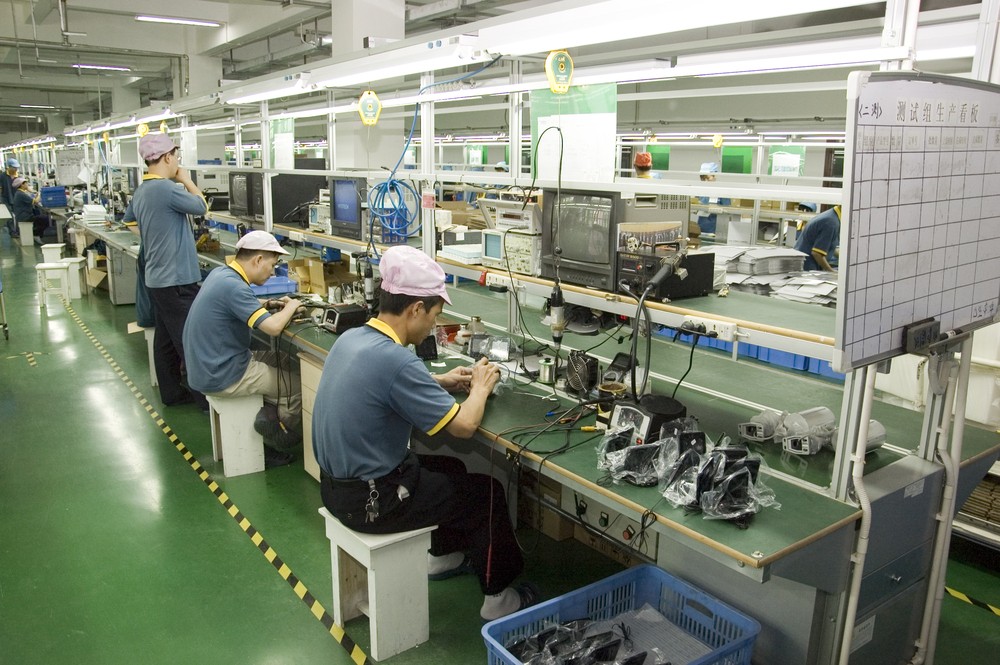Has COVID-19 Dethroned Chinese Manufacturing?

For the better part of three decades, China has been relatively undisputed as the world’s go-to manufacturer for commodity goods. But can we still say the same today? The COVID-19 pandemic has illuminated a huge, glaring problem with China’s status as a global supplier. If Chinese production capabilities become crippled, who’s there to step in?
Supply chains around the world are still feeling the aftershocks of massive factory closings in China due to COVID-19, and it has many countries looking for alternative, diversified manufacturing options.
China’s rise and fall
In the 1990s, China rose to prominence as a manufacturing leader thanks mostly to its abundance of resources and cheap labor. It displaced U.S. manufacturing, which led the world through the 60s, 70s, and 80s. Now, China appears on the precipice of losing its status.
As the epicenter of the COVID-19 outbreak, China was first hampered by the pandemic. Among the country’s hardest-hit areas were manufacturing districts. Huge masses fell ill and missed work, causing factories to shutter for weeks. This set supply chains back far longer, causing untold delays that the world will continue to weather for weeks, if not months.
China’s shuttering of factories not only hurt its own GDP outlook for the year, but spurred the nations it supplies to begin contingency planning. If one country that’s too big to fail, fails, where do you source your manufactured materials from? The U.S., for example, has already begun exploring sourcing options for pharmaceuticals to reduce its dependence on China. Spoken or unspoken, other countries also are having these discussions.
China’s labor isn’t as cheap as it once was, either. Countries like Malaysia, Vietnam, and Cambodia are rising as producer nations while China’s economy transitions to consumerism. Many multinational companies have been forced to look to these new producers during China’s downtime, and they’re realizing the benefits of a potentially permanent shift.
The timing for mass factory closing in China couldn’t be worse. On January 23, Beijing ordered the extension of the Lunar New Year holiday, postponing return to work, meaning factories already at minimum production levels stayed stagnant. While effectively a good policy measure for mitigating the spread of COVID-19, it put manufacturing in a deeper hole to start the year. This on the heels of a trade war with the U.S. that’s only just now winding down.
Needless to say, Chinese manufacturing has taken a beating in the past 18 months.

Will China recover?
While it’s easy to predict doom and gloom for Chinese manufacturing amidst worldwide economic turbulence, the reality is that China’s fall from grace may only be temporary. Although China will certainly cede some manufacturing to countries opening up domestic contracts and diversifying their supply chains, it’s still a mammoth producer. Not even COVID-19 is a big enough gun to bring down China’s manufacturing infrastructure.
China is certain to recover, but not to the level of dependence it once commanded from global consumers. Although this is bad news for China’s grip on global supply chains, it’s a much-needed wake-up call for countries with too many eggs in one basket.
